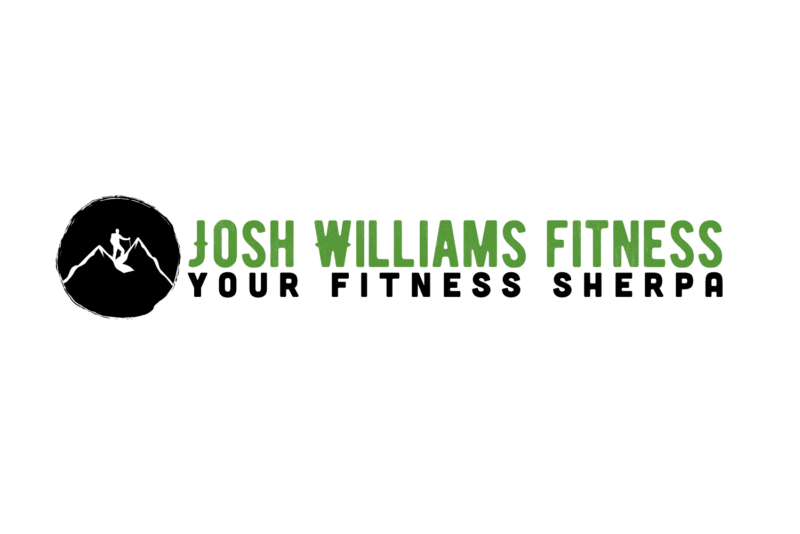We have all been there, when you’re out with friends and you’re looking for a cheap place to eat. Then you start entertaining the thoughts of Chinese. Thoughts of duck sauce and dumplings creep into your thoughts, and eventually you think about how you feel after, like crap, but we still go. Most of us go into a buffet with the mindset that you are going to get your moneys worth of food. You always fail and most likely think, “Why did I come here in the first place”. That’s why it’s always best to know what you want before hand and stop after your second plate. But this article is not about how to eat at a Chinese Buffet, it’s about what you can learn from eating at a Chinese Buffet to help you plan better workout programs. I know this sounds crazy right.
Most of us go into a buffet with the mindset that you are going to get your moneys worth of food. You always fail and most likely think, “Why did I come here in the first place”. That’s why it’s always best to know what you want before hand and stop after your second plate. But this article is not about how to eat at a Chinese Buffet, it’s about what you can learn from eating at a Chinese Buffet to help you plan better workout programs. I know this sounds crazy right.
Have A Plan
When it comes to setting up your workouts the first thing you must know is what your goal is; is it strength, size, power, or endurance. Pick one and stick to it for the duration of your program, whether that is a 4 week or a 6 week program. Picking a little of everything leads to achieving nothing; other than general fitness.
Know What You Want
We all want to get the most out of each an d every one of your workouts, but this does not mean that more exercises per workouts = better results. There are a lot of exercises out there but not all of them can be fit into one program. Remember your goal and pick the exercises that will help get you to that goal the fastest.
When it comes to gaining power and strength you don’t need 8, 9, or 10 exercises in all your workouts. Remember you’re going for strength and power so all you need is 2 multijoint lifts (dead lift, bench, squat, etc.) and 2 or 3 accessory lifts that focus on some of your weaknesses. Throw in some core and mobility work to “kick it up a notch”.
Bon appétit, you have a recipe for a good power and strength program.
For size and endurance you can add some more accessory exercises or increase the sets and reps as well as decreasing the rest time to 30 sec or to1 min.
Know When To Stop
Going along with not needing 20 exercises per program, your goal at the end of a workout should not be feeling like you were hit with a sledgehammer. I know walking around like you have been assaulted after a hard legs day is all the rage, but for me I would rather drop the weight or skip a few reps then have to limp around for the next few days.
Listen to your body. If you are feeling tired and rundown take a break and get at it another day. Being sore is not a sign of a good workout, being sore is your body’s way of saying you over did it
Wrap Up
So when making a program, you need to have a goal in mind. This will allow you to focus on one area to maximize your results.
From the goal pick your exercises and your sets and reps. Use the chart I provided to help give you an idea of how many reps you should be doing based off of your goals. As far as sets go, the higher the reps lower the sets and the lower the reps the higher the sets.
Lastly know yourself. If the program is too challenging, modify it so it’s easier or make it harder if it is too easy. The program is written on paper not in stone so it’s ok if you have to make changes. Most importantly, know when to call it a day.
Best
Josh Williams











Pingback: Recommended Reads | Spurling Training Systems